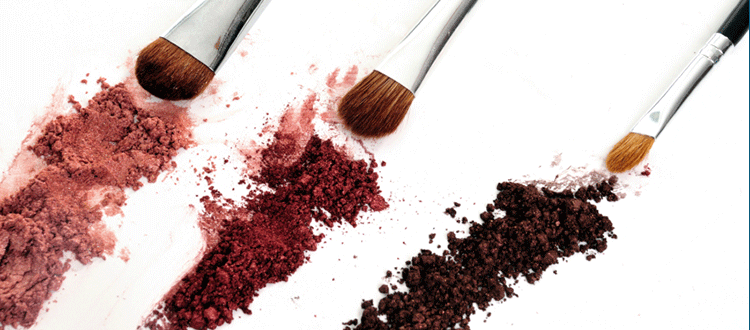The CIR Claims Cosmetics Can Never Harm Your Lungs
 |
| Alex Scranton Director of Science and Research |
The Cosmetic Ingredient Review (CIR) is meeting again (Dec 3rd and 4th, 2018) and once again Women’s Voices for the Earth has comments for them.
One topic for discussion this time is their “Aerosols Precedents” document – also known as the “boilerplate” language that they frequently use to address the issue of hazards of inhaling cosmetics.
The gist of the document is to provide the CIR with specific language they can use in their safety assessments that states their belief that incidental inhalation of any cosmetic product is unlikely to ever result in respiratory harm. That’s right, because of various factors, like particle/droplet size, short exposure times and low product usage, the CIR will assure you that your lungs will never be harmed by using a cosmetic product.
In fact, they have been using this language for years in their safety assessments. Usually it goes something like:
“Therefore, most droplets/particles incidentally inhaled from cosmetic sprays would be deposited in the nasopharyngeal and bronchial regions and would not be respirable (ie, they would not enter the lungs) to any appreciable amount.”
Very convenient! This means that even if there is a particular cosmetic ingredient they are reviewing that is well known to be toxic when inhaled, the CIR can dismiss those toxicity findings by claiming the ingredient will never get deep into your lungs in the first place from using cosmetics.
How did they arrive at this surprising and non-intuitive conclusion? Turns out there is very little data available on the inhalation potential of cosmetic products. So instead, the CIR relies heavily on a single study that measured the droplet size that is emitted from hairspray – (relatively large droplets as it turns out) and uses that to represent exposures from all cosmetic sprays. They acknowledge that the same study also measured droplets from deodorant sprays (and those droplets were a lot smaller and considerably more likely to be inhaled) but for some unexplained reason, this information is largely discounted.
As for the risks of inhaling cosmetic powders, the CIR‘s science advisors developed calculations of potential inhalation based on talcum powder use data generated by Johnson & Johnson in 1979! (There is of course much more precise technology available now to measure concentrations of powder particles in the air, compared to 1979, but so far the CIR has never asked for more recent data.) The boilerplate safety language on powders goes like this:
“Conservative estimates of inhalation exposures to respirable particles during the use of loose powder cosmetic products are 400-fold to 1000-fold less than protective regulatory and guidance limits for inert airborne respirable particles in the workplace.”
The ironic thing about that claim, of course, is we know that salon workers are disproportionately at greater risk for respiratory conditions, like asthma, chronic bronchitis, and lung and larynx cancer. Most researchers assume this is likely due to inhalation of cosmetics on the job. Certainly, a salon worker’s exposures are greater than the average cosmetics user, but assuming there is no risk whatsoever to the average person seems highly optimistic.
If you want to read the CIR’s Aerosols Precedent document, you can find it here. (The Aerosols part begins on page 67.) And our most recent set of comments to the CIR can be read here.
If you want to add your two cents, the CIR has an admirably open public comment process. Anyone can submit written comments to cirinfo@cir-safety.org.
CIR UPDATE: If you read our blog on the last CIR meeting on their assessment on parabens here’s what happened: Based on comments received, the CIR delayed their final decision on parabens until their April 2019 meeting. Specifically, as we recommended, they have agreed to recalculate the margin of safety using more conservative assumptions, and to provide better justifications for the assumptions they choose to use. They chose to dismiss our concerns on the hazards of parabens from vaginally applied products, however, claiming the studies we provided were either irrelevant or improperly designed. If you would like to read their official response to us, it is available here. There will be an additional opportunity to provide input to the CIR on parabens before their April 2019 meeting – so stay tuned!



